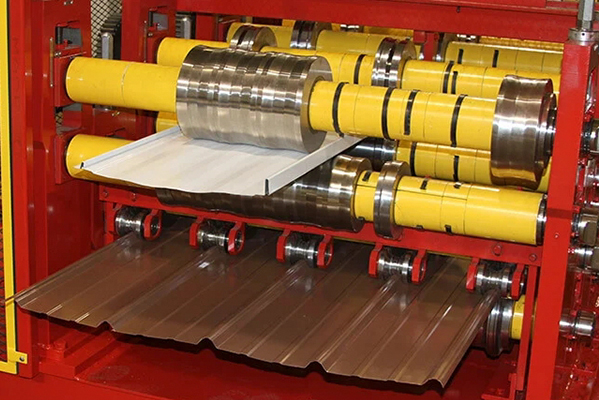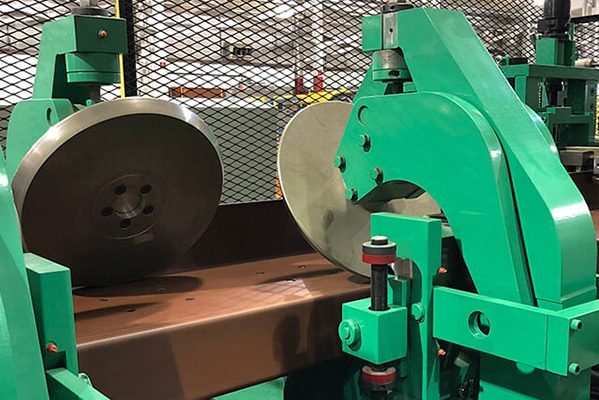Navigation Menu
Contact Us
- Email:
- info@wxavatar.com
- Address:
- Yurong Village, Yuqi Street, Huishan District, Wuxi, China.
Release Date:Apr 25, 2025 Visit:49 Source:Roll Forming Machine Factory
When it comes to shaping materials—especially metals—into useful parts, forming processes are key. These methods change the shape of a material without cutting or removing chunks of it. Instead, they rely on force, heat, or other ways to reshape the raw material.

Here are the three most common types of forming processes:
1. Rolling
Rolling is when metal is passed through big rollers to flatten it or change its thickness. Think of it like rolling dough with a rolling pin, but for metal. This is how sheets, plates, and bars are made. There are two main kinds:
Hot rolling – Done when the metal is heated up, making it easier to shape.
Cold rolling – Done at room temperature for a smoother, more precise finish.
2. Forging
Forging is like blacksmith work—using heavy hammers or presses to smash metal into shape. It’s great for making strong parts like gears, crankshafts, and tools. The metal can be heated (hot forging) or shaped cold (cold forging), depending on what’s needed.
3. Extrusion
Extrusion pushes metal (or other materials) through a die—like squeezing toothpaste out of a tube. The metal comes out in a long shape matching the die’s opening. This is how things like pipes, rods, and window frames are made. There’s also drawing, which is similar but pulls the metal through instead of pushing it.
Why These Matter
Each of these methods has its own strengths. Rolling makes flat stuff, forging makes tough parts, and extrusion makes long, uniform shapes. Picking the right one depends on what’s being made and how strong or precise it needs to be.

So, whether it’s a car part, a construction beam, or even a simple wire, chances are one of these three processes helped make it.